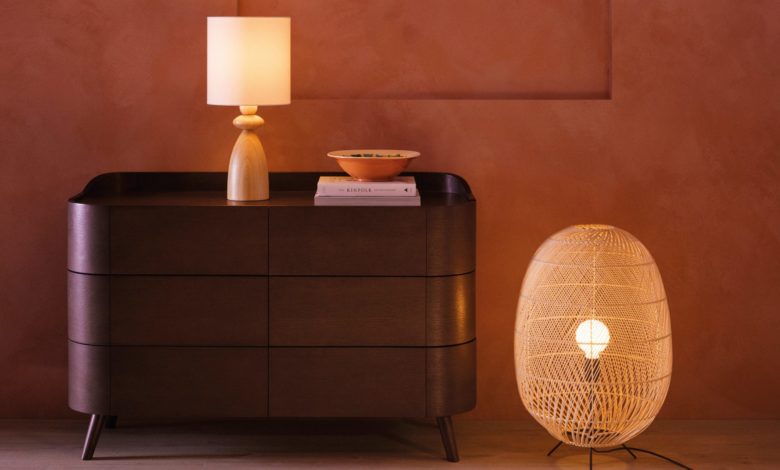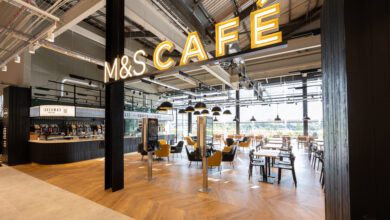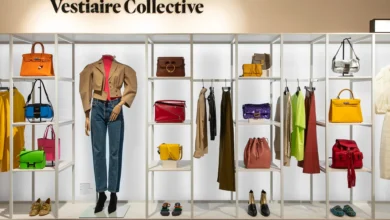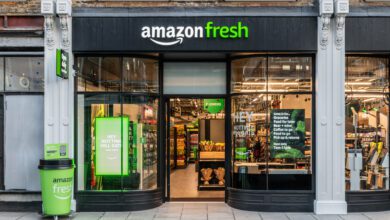Made.com for sale: what went wrong?
Made.com recently made headlines after news emerged that it was putting itself up for sale, after months of financial woes. Retail Sector looks into the challenges Made.com has faced over the past year to figure out what went wrong.

Register to get 1 more free article
Reveal the article below by registering for our email newsletter.
Want unlimited access? View Plans
Already have an account? Sign in
Made.com has officially put itself up for sale amid fears the business will be unable to raise fresh equity due to plummeting consumer confidence in the UK and supply chain disruptions.
The online furniture retailer revealed plans to implement additional cost reductions, such a strategic headcount review, which is set to begin within the next few weeks. According to the Financial Times, Made.com could reportedly cut over a third of its headcount.
Since the announcement, the retailer’s shares dropped 23.74% by midday on 23 September. This time last year, the group saw H1 losses narrow to £10.1m, but now the board has withdrawn its full-year guidance.
This comes after facing “uncertain” trading conditions, as global macroeconomic conditions have “radically changed” over the 15 months since Made.com’s IPO. Due to a fall in consumer spending, the business was left with no choice but to slash prices to shift inventory.
However, other retailers have also cut prices but retained profitability. Take Halfords for example – the business dropped its prices across nearly 2,000 motoring essentials to help UK consumers with the rising cost of motoring. Nevertheless, the company hailed total revenue growth of 9.2% in the 20-week period to 19 August 2022, and continues to target full year pre-tax profits of £65m-£75m.
Similarly, Boots froze prices on 1,500 of its own label products in June, yet like-for-like sales still grew by 24% in the third quarter ending 31 May, and total sales rose by 13.5%, with the company reporting market share gains across “all major categories”.
So, what went wrong for Made.com?
Since becoming a public company, Made.com has experienced two major headwinds for its consumer businesses. Firstly, the online retailers’ core markets have experienced adverse developments in macroeconomic conditions during the first half of 2022 (H1 FY22).
This includes economic slowdowns, rising inflation of commodity and energy prices, spurred by Russia’s invasion of Ukraine, which has caused greater uncertainties about the duration and further deterioration of these conditions.
Made.com said these unfavourable conditions contributed to an increased need to sell goods at a discounted rate to address the inventory levels and adjust to market conditions, negatively impacting gross margin and causing negative operating leverage of fixed costs.
Moreover, Made’s previous strategy saw the company build up inventories and range availability to improve customer experience and conversion rates through shorter lead times. However, the steep decline in consumer confidence placed the business in an overstocked position, with more cash tied up in working capital.
The ongoing dire market conditions have also made it challenging for the group to acquire new customers at “financially attractive rates”, and consequently, the group has faced higher customer acquisition costs.
Secondly, the group has also faced challenges with instability and increased costs with its supply chains. Particularly, freight costs skyrocketed from £8.2m to £45.3m in H2 2021, and the group hasn’t been able to fully pass this on to customers during a tightening consumer macroeconomic environment, resulting in depressed margins.
This cost inflation in Made’s supply chain has persisted throughout H1 FY22 as a result of now structurally higher levels of freight rates and carrier costs, despite the recent decline in freight rates.
All in all, furniture stores across the industry have been battling with declining sales for months now. Barclaycard reported that consumer card spending in household categories, including furniture stores (-15.7%) and home improvement and DIY retailers (-7.8%), have continued to see reduced levels of spending year-on-year as consumers prioritised their spending on feel good items.
A sharp rise in customers redecorating their homes took the industry by storm throughout Covid lockdowns. However, interest in the homeware and furniture sector has abated now we’re no longer confined to our homes, so it could be argued that Made.com wasn’t able to capitalise on fluctuating customer trends.
It remains to be seen if Made.com can change the gloomy narrative to pick itself back up and attract demand in a less than stable environment.







